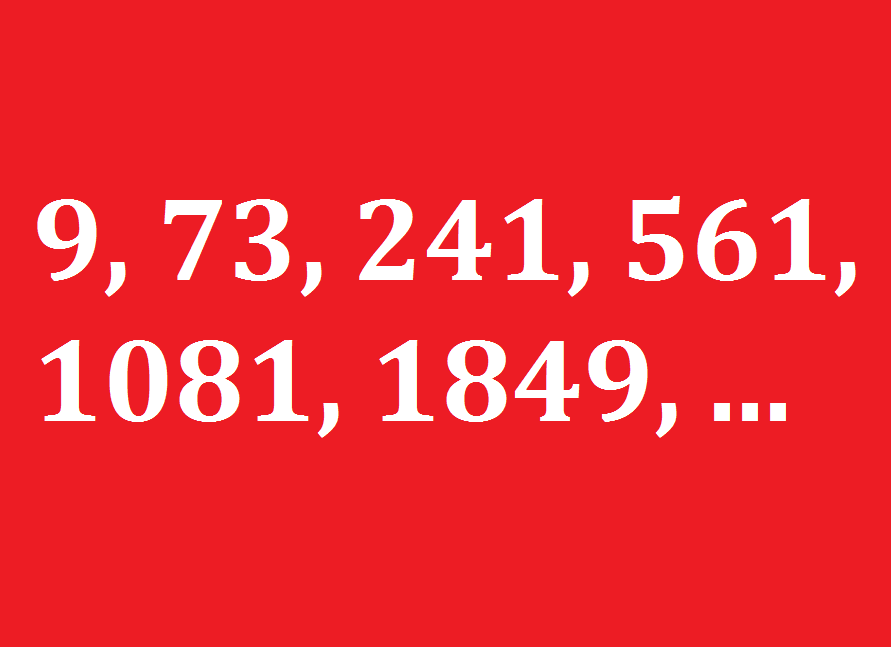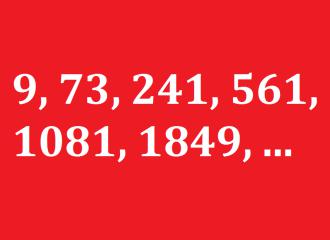What number comes next?
Look at the series (9, 73, 241, 561, 1081, 1849, ?), determine the pattern, and find the value of the next number!Correct answers: 40
The first user who solved this task is Fazil Hashim.
#brainteasers #math #riddles

Team Spirit
At one point during a game, the coach said to one of his young players, "Do you understand what cooperation is? What a team is?"
The little boy nodded in the affirmative.
"Do you understand that what matters is whether we win together as a team?"
The little boy nodded yes.
"So," the coach continued, "when a strike is called, or you're out at first, you don't argue or curse or attack the umpire. Do you understand all that?"
Again the little boy nodded.
"Good," said the coach.
"Now go over there and explain it to your mother."

